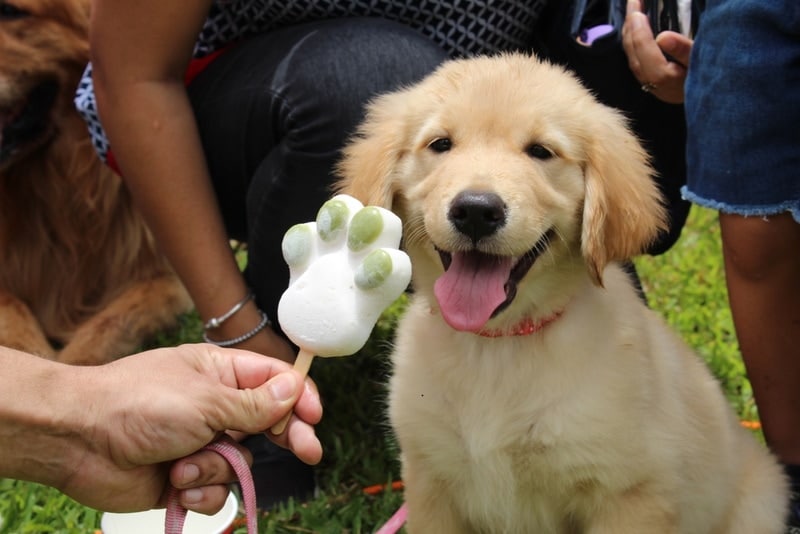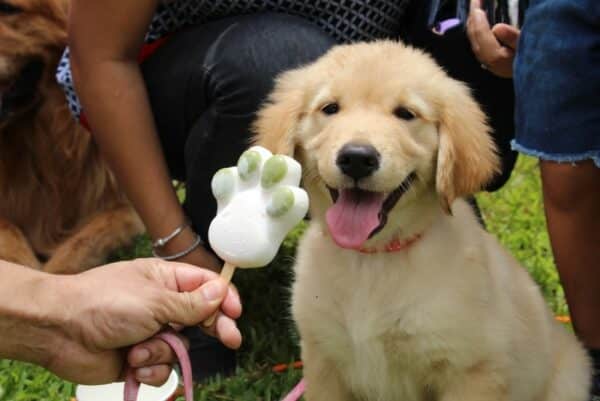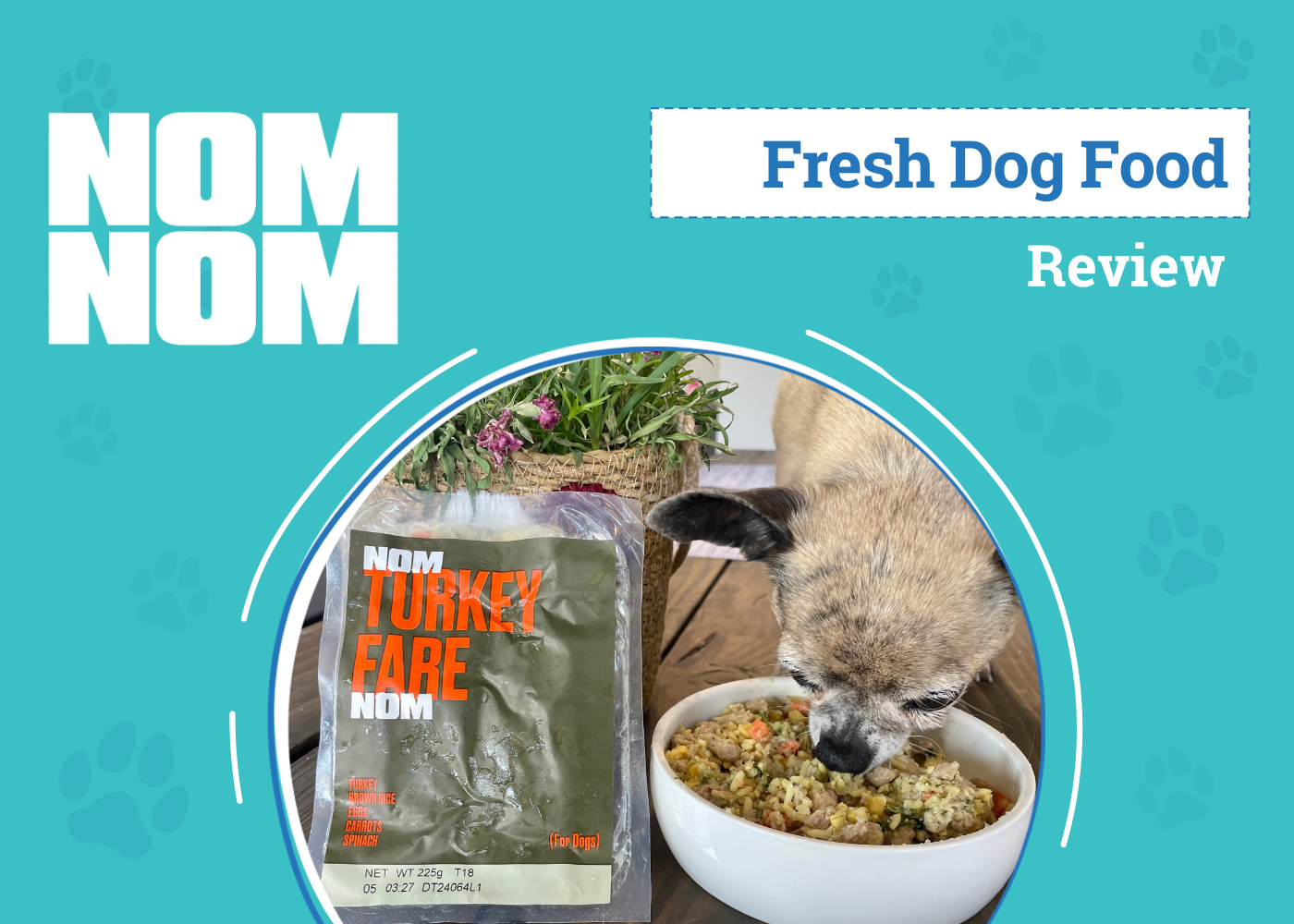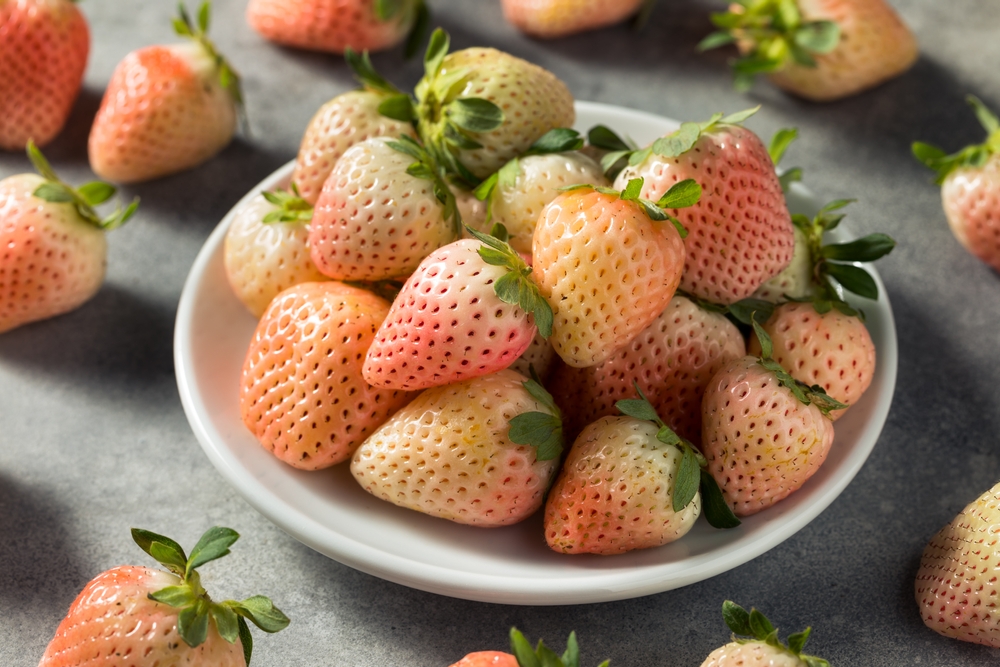Almost nothing is better than a cold tasty popsicle on a hot summer day. But why should we be the only ones allowed to eat popsicles? What about dogs?
You can definitely make healthy pupsicles and give them to your dog! It will help cool them off on those particularly sweltering days. Here are various recipes that are easy to make, and your dog will definitely thank you!

The 7 Homemade Pupsicle Recipes
1. Frozen Yogurt and Berry Popsicles
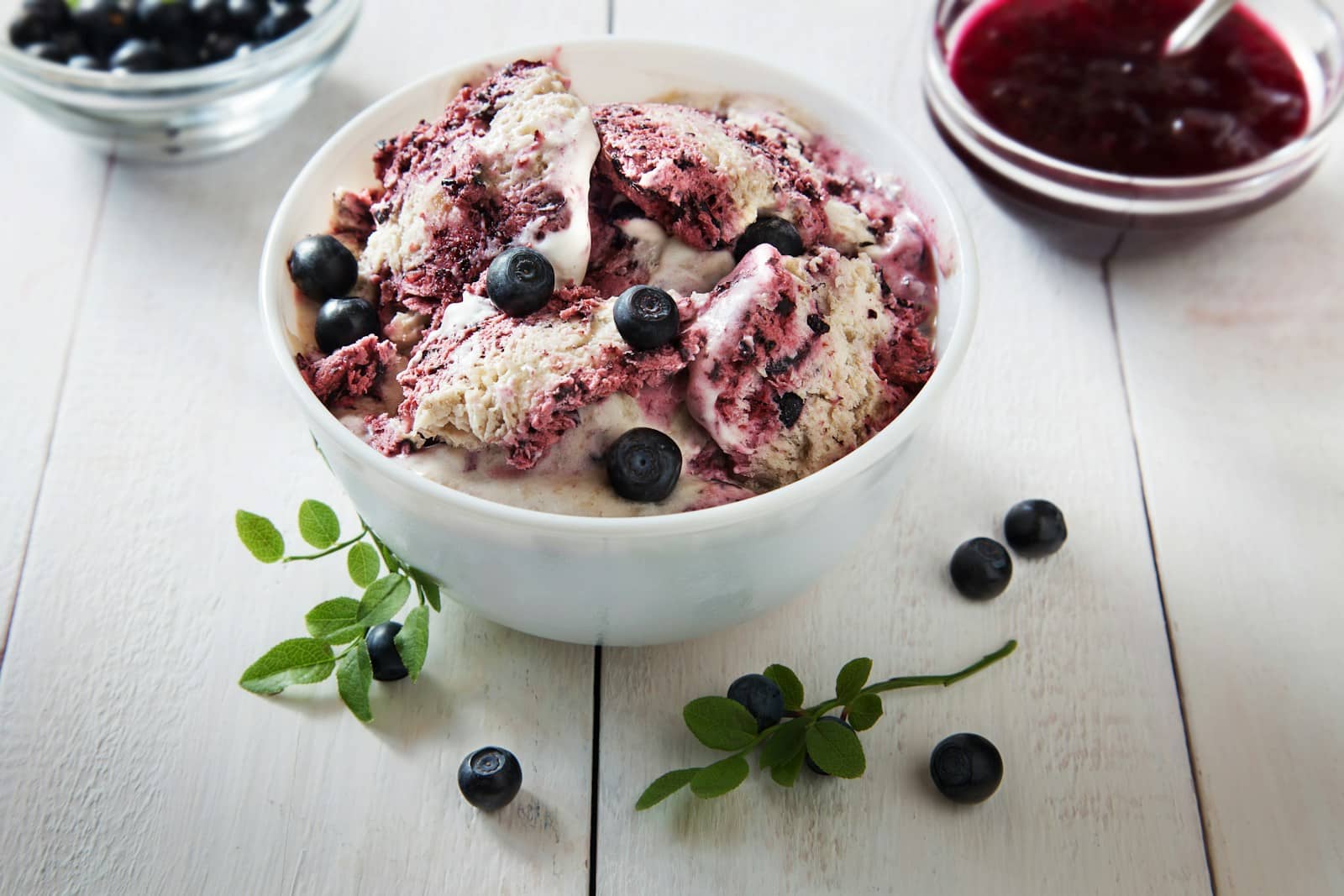
This pupsicle is like a layered parfait but in frozen popsicle form. It’s easy to make, and you can make it with or without a chew stick as the popsicle stick!
- Prep Time: 5 minutes
- Number of Servings: 1
- 1 cup plain unsweetened yogurt
- ½ cup blueberries
- ½ cup chopped strawberries
- 1 chewstick
- Plastic or paper cup
- Scissors
- Place a layer of yogurt on the bottom of the cup.
- Then, put a layer of strawberries and more yogurt on top.
- Put a few blueberries on top of the yogurt, which should be up about halfway inside the cup.
- Push the chewstick into the middle of the ingredients.
- Freeze overnight.
- Once it’s fully frozen, cut away the plastic cup or tear the paper cup.
Options: You can use a bone treat, pretzel rod, or even a carrot in place of the chewstick. You can also use other fruits, such as bananas and cantaloupe, or applesauce instead of the yogurt.
2. Peanut Butter and Banana Dog Popsicles
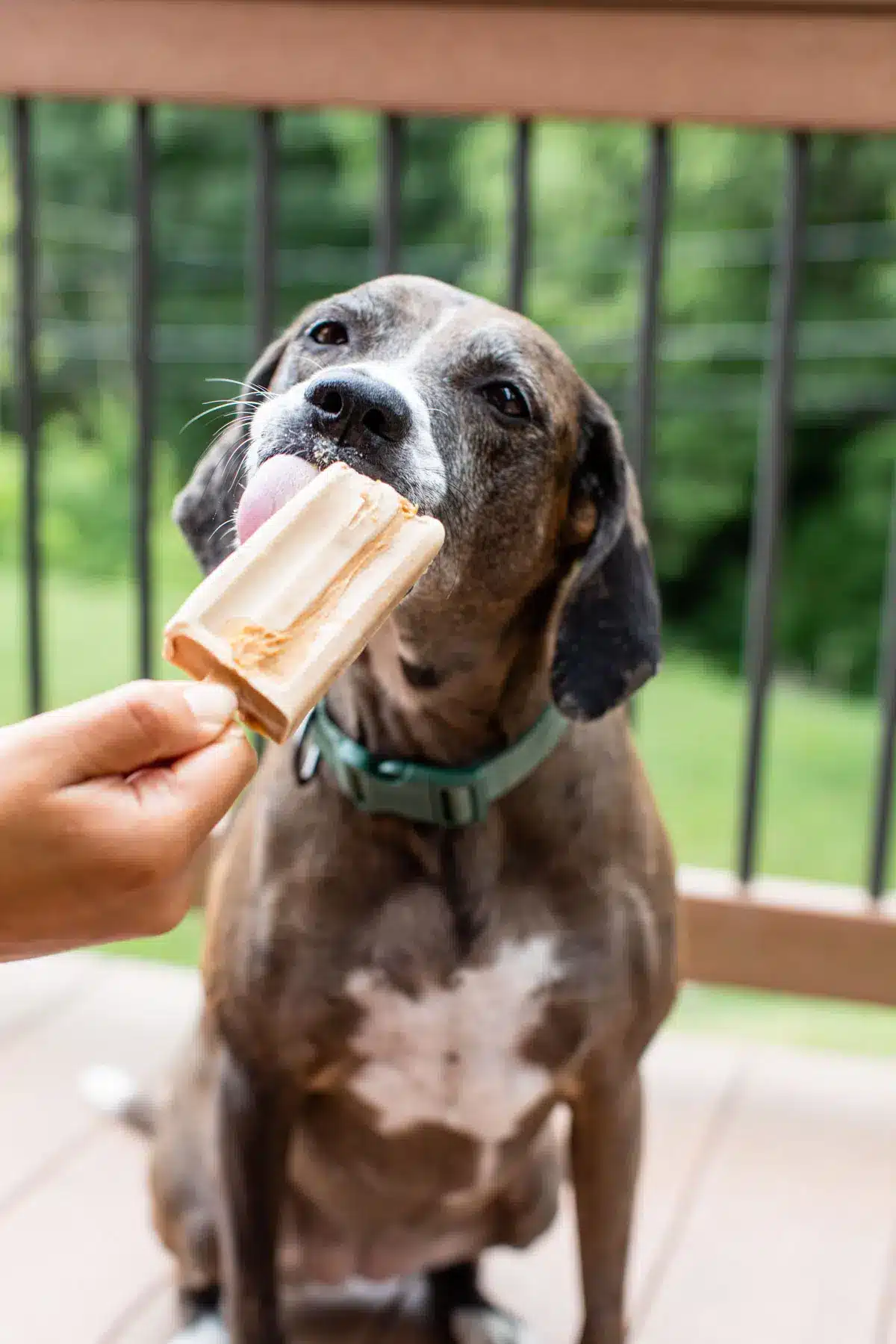
Dogs seem to adore peanut butter, so giving them peanut butter and banana-flavored popsicles will likely go over quite well with your pup!
- Prep Time: 5 minutes
- Number of Servings: 8
- 2 bananas
- ½ peanut butter (unsweetened and unsalted)
- 1 teaspoon honey
- 1 cup of milk of your choice (oat is a good option)
- Blender
- Popsicle mold/ice cube tray
- Put all ingredients in the blender and blend until smooth.
- Pour into your popsicle mold.
- Place it in the freezer overnight.
- Depending on the popsicle mold, run warm water on the bottom, and slide out the popsicles.
Options: You can also use an ice cube tray and put a chewstick or pretzel in the middle.
Note: If your dog has issues with lactose intolerance, be sure to use a plant-based milk or substitute water in this recipe.
3. Banana Strawberry Yogurt Popsicles
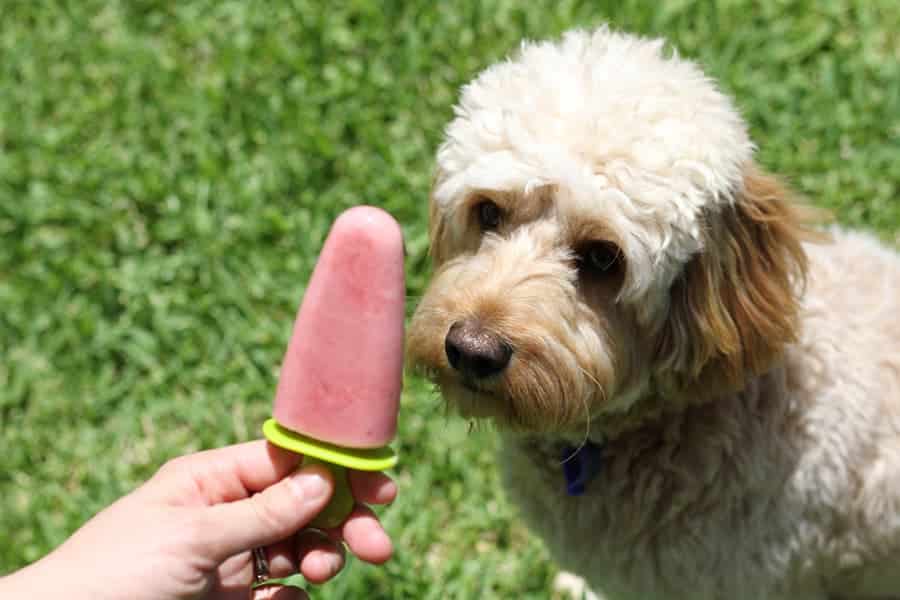
This is similar to the other popsicles on the list, but there are a few differences to keep it interesting. Don’t forget that you can add different ingredients or replace the fruits with different ones if your dog has a favorite.
- Prep Time: 5 minutes
- Number of Servings: 4
- 1 cup frozen banana slices
- 1 cup frozen strawberry slices
- 2 tablespoons plain yogurt (Greek)
- 4 dog biscuits
- Blender
- Popsicle mold/ice cube tray
- Place all ingredients in the blender and blend until smooth.
- Pour mixture into popsicle mold.
- Freeze for about 30 minutes, then stick the dog biscuits in the center of each popsicle (this is to prevent the biscuit from sinking entirely into the popsicle).
- Place it back in the freezer and freeze overnight or for 6 hours.
- Remove and enjoy!
4. Watermelon Pupsicles
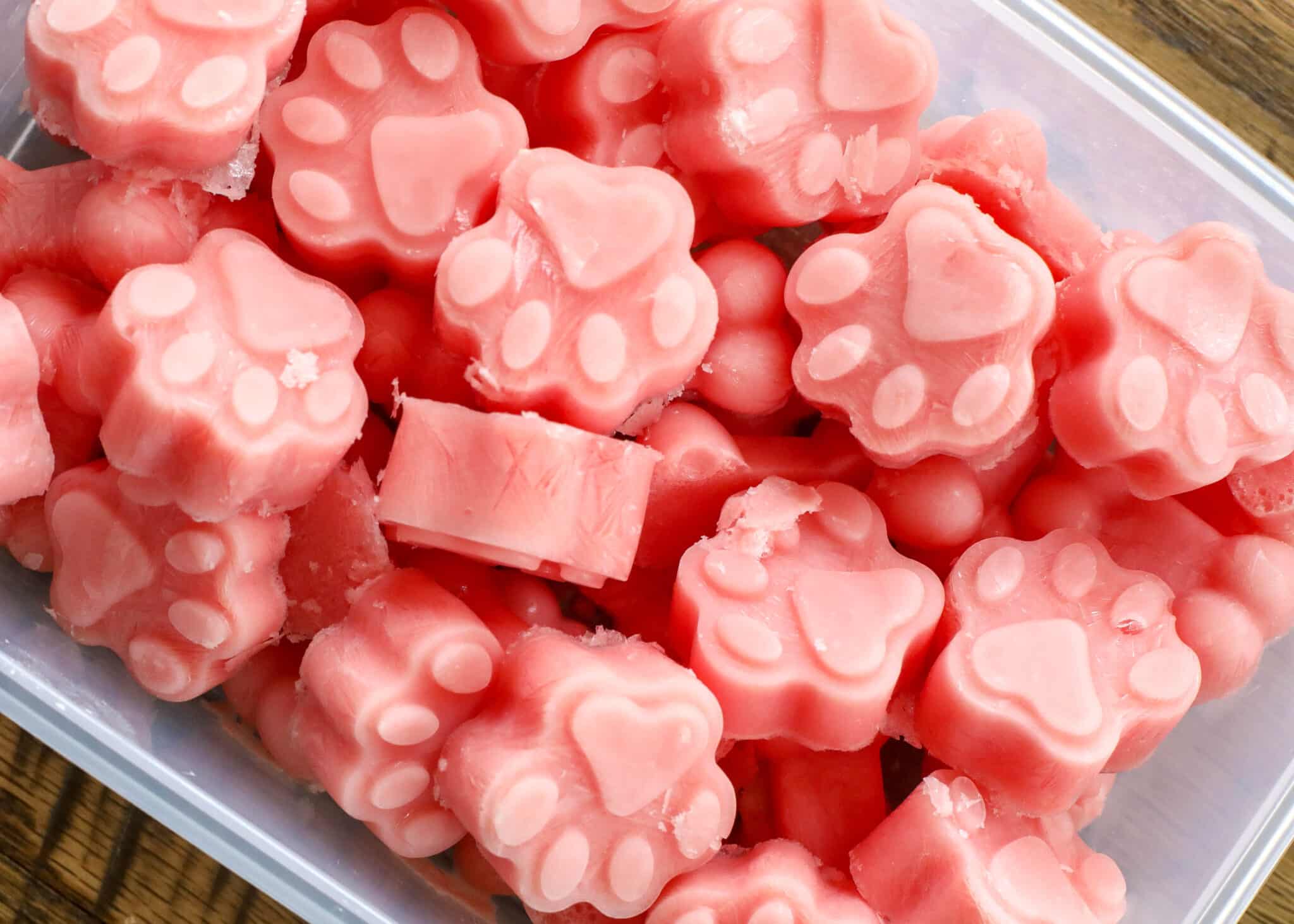
If it’s summer, why not give frozen watermelon to your dog? You can freeze the fruit and give it straight to your pup, or you can blend it with yogurt for a creamy and cold treat.
- Prep Time: 5 minutes
- Number of Servings: 1
- 2 cups of watermelon
- ¼ cup plain yogurt
- Blender
- Popsicle mold/ice cube tray
- Cut the watermelon into chunks.
- Put the watermelon and yogurt in the blender, and blend until smooth.
- Pour mixture into mold or ice cube tray.
- Place in the freezer until frozen solid.
5. Banana Pumpkin Pupsicles
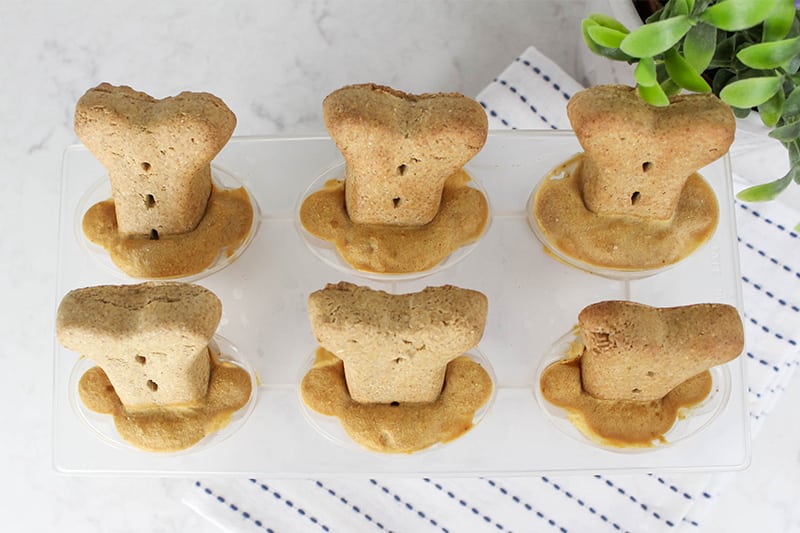
You can easily use any of your dog’s favorite treats, like peanut butter, and combine it with fruit. This one includes pumpkin and has dog biscuits as the popsicle sticks.
- Prep Time: 5 minutes
- Number of Servings: 6
- 1 mashed banana
- ¾ cup pumpkin purée
- ¼ cup peanut butter
- ¼ cup milk
- Dog biscuits
- Mixing bowl and spoon
- Popsicle mold/ice tray
- Combine all ingredients (except the dog biscuits) in a bowl, and mix well.
- Spoon the mixture into the popsicle mold, and place in the freezer for 30 minutes.
- Take out the mold, and put the dog biscuits into the center of each popsicle.
- Put the mold back in the freezer, and freeze it overnight or for 6 hours.
Note: If your dog has issues with lactose intolerance, be sure to use a plant-based milk or substitute water in this recipe.
6. 3-Ingredient Chicken Pupsicles
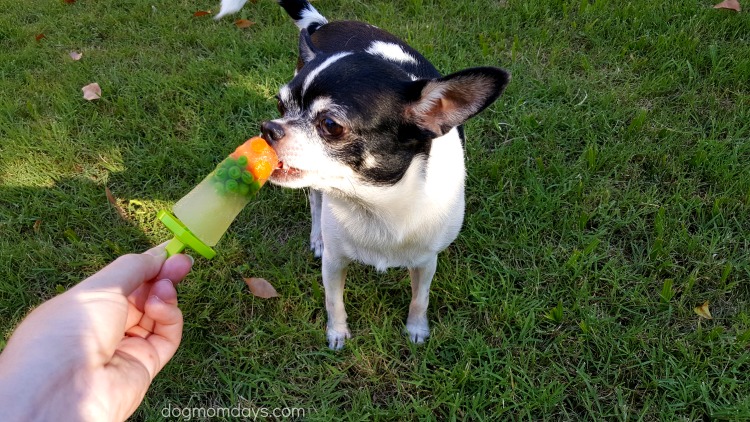
Who said that popsicles need to be sweet? Why not make your dog a savory popsicle with chicken broth as the base?
- Prep Time: 5 minutes
- Number of Servings: 8
- 14-oz. can of low-sodium or salt-free chicken broth (you can also go with homemade)
- ½ cup of peas
- ½ cup of chopped carrots
- Popsicle mold
- Fill each mold roughly halfway with the chicken broth.
- Drop peas and carrots into the broth.
- Pour the rest of the broth into each mold to the top.
- Put popsicle sticks or the usual dog biscuits or chewsticks into each mold.
- Freeze overnight or for about 3 hours.
7. Strawberry Coconut Popsicles
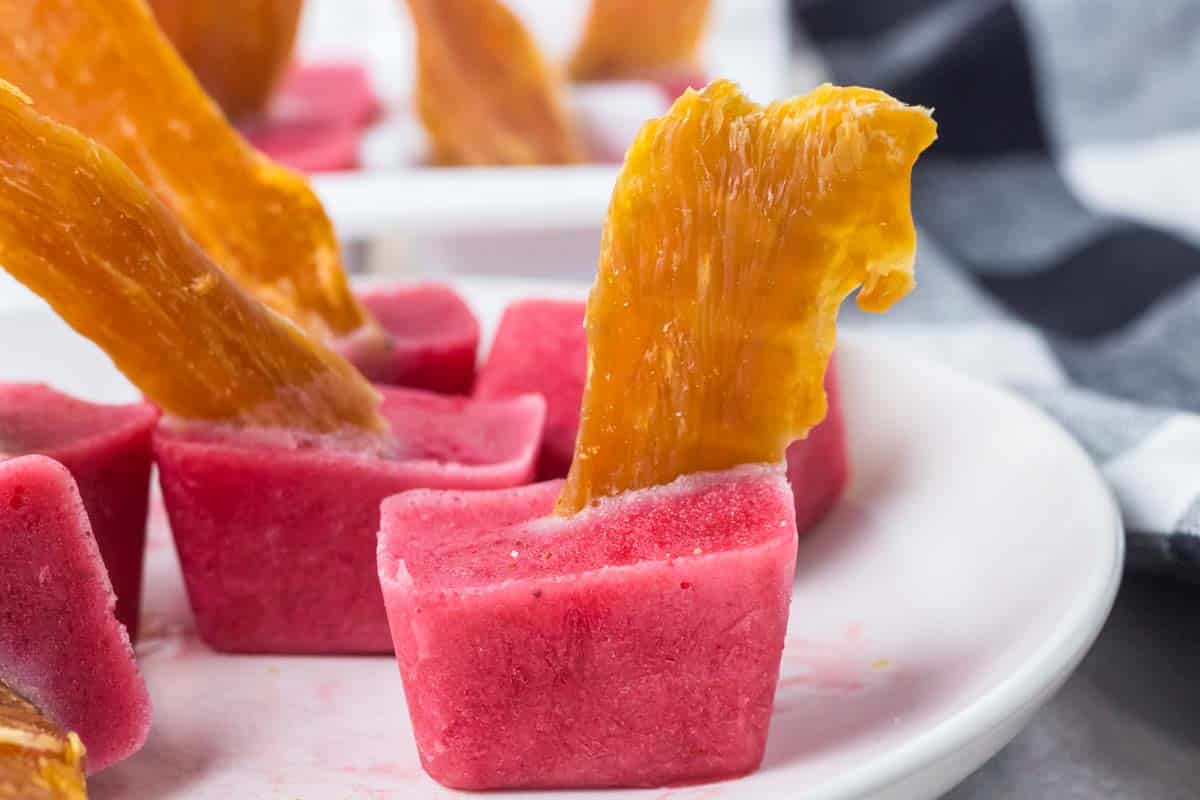
These pupsicles contain strawberries, coconut milk, and a unique edible item for the popsicle stick. Coconut milk is generally healthy for dogs but should only be given in moderation. Check with your vet if you’ve never given these ingredients to your dog before.
- Prep Time: 5 minutes
- Number of Servings: 14 (ice cube tray)
- 1 ½ cups strawberries
- 2/3 cup light coconut milk
- 14 plain chicken jerky
- Blender
- Ice cube tray
- Combine strawberries and coconut milk in the blender.
- Blend until smooth.
- Pour the mixture into an ice cube tray.
- Add a piece of chicken jerky to each tray, which will act as a floppy popsicle stick.
- Freeze overnight or for 4 hours.
A Few Tips
If you don’t have a blender, you can use a hand blender or just cut everything into small chunks and try mashing them with a fork or potato masher. If you don’t own a popsicle mold, you can purchase a nice silicone one (there are many options in fun shapes, such as paw prints or bones), you can also pick up a cheap plastic kind or use an ice cube tray.
You’ll want to give the popsicle to your dog on a mat, in a bowl, or outside—this is a messy treat!
Also, if you’re thinking of adding an ingredient to the popsicles that your dog hasn’t eaten before, you should ask your vet about it beforehand. This is particularly important if your dog has any allergies or a sensitive stomach.

Conclusion
Before you start blending and freezing, always double-check the ingredients first. If using peanut butter, it must be unsalted and have no added sugar or sweeteners. Do the same with the yogurt—just plain Greek yogurt with no added sugar is perfect.
You can make meaty popsicles or sweet fruity ones. They only need a few ingredients and a quick mix or blend, so you don’t need much equipment.
When all is said and done, you have created something easily and cheaply, and you know exactly what your dog is eating!
Featured Image Credit: Mariana Alvarez Calvo, Shutterstock

